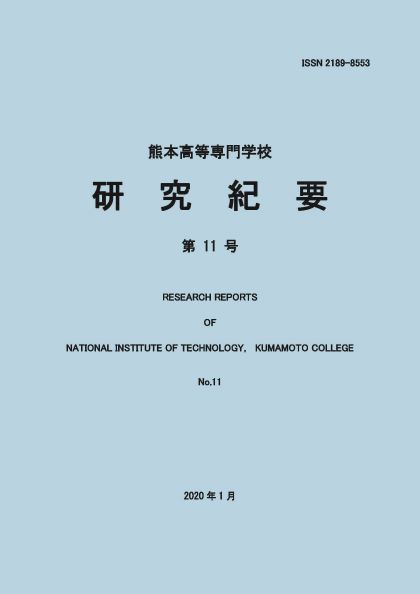Volume 14
Displaying 1-8 of 8 articles from this issue
- |<
- <
- 1
- >
- >|
-
2023 Volume 14 Pages 1-6
Published: January 10, 2023
Released on J-STAGE: January 16, 2023
Download PDF (1023K) -
2023 Volume 14 Pages 7-12
Published: January 10, 2023
Released on J-STAGE: January 16, 2023
Download PDF (1260K) -
2023 Volume 14 Pages 13-19
Published: January 10, 2023
Released on J-STAGE: January 16, 2023
Download PDF (1362K) -
2023 Volume 14 Pages 20-23
Published: January 10, 2023
Released on J-STAGE: January 16, 2023
Download PDF (1026K) -
2023 Volume 14 Pages 24-27
Published: January 10, 2023
Released on J-STAGE: January 18, 2023
Download PDF (670K) -
2023 Volume 14 Pages 28-31
Published: 2023
Released on J-STAGE: January 18, 2023
Download PDF (861K) -
2023 Volume 14 Pages 32-35
Published: January 10, 2023
Released on J-STAGE: January 18, 2023
Download PDF (854K) -
2023 Volume 14 Pages 36-37
Published: January 10, 2023
Released on J-STAGE: January 18, 2023
Download PDF (785K)
- |<
- <
- 1
- >
- >|
